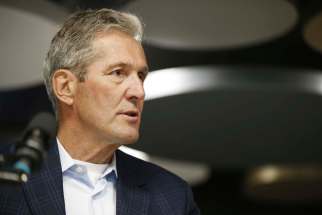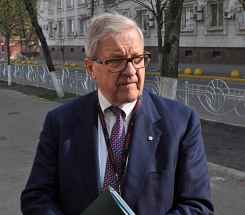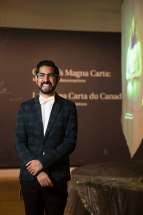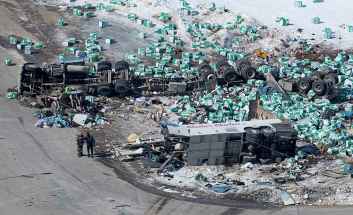Lack of diversity in Canadian museum leadership decried
Read this article for free:
or
Already have an account? Log in here »
To continue reading, please subscribe:
Monthly Digital Subscription
$0 for the first 4 weeks*
- Enjoy unlimited reading on winnipegfreepress.com
- Read the E-Edition, our digital replica newspaper
- Access News Break, our award-winning app
- Play interactive puzzles
*No charge for 4 weeks then price increases to the regular rate of $19.00 plus GST every four weeks. Offer available to new and qualified returning subscribers only. Cancel any time.
Monthly Digital Subscription
$4.75/week*
- Enjoy unlimited reading on winnipegfreepress.com
- Read the E-Edition, our digital replica newspaper
- Access News Break, our award-winning app
- Play interactive puzzles
*Billed as $19 plus GST every four weeks. Cancel any time.
To continue reading, please subscribe:
Add Free Press access to your Brandon Sun subscription for only an additional
$1 for the first 4 weeks*
*Your next subscription payment will increase by $1.00 and you will be charged $16.99 plus GST for four weeks. After four weeks, your payment will increase to $23.99 plus GST every four weeks.
Read unlimited articles for free today:
or
Already have an account? Log in here »
Hey there, time traveller!
This article was published 23/10/2019 (2240 days ago), so information in it may no longer be current.
The lack of diversity among decision makers at museums needs to be addressed for the institutions to stay relevant, says a curator who was among the co-founders of the Winnipeg-based Canadian Museum for Human Rights.
“Museums are some of the whitest institutions in the Western world,” said Armando Perla, who left the CMHR earlier this year to work at the Museum of Movements in Malmo, Sweden. That’s a problem because implicit bias and white privilege can seep into the way people’s stories are told or not told, said Perla, who co-authored an article published Tuesday in the journal Museum Management and Curatorship.

“It is hard to look at yourself and really, meaningfully try to address these things,” Perla said Wednesday by phone from Sweden.
“We need to meet the needs of society,” said Perla, who has a law degree from Laval University, a master’s degree in international human rights law from Lund University (Sweden), is originally from El Salvador, and identifies as queer.
“I really hope there is a comprehensive study done on the lack of diversity at museums in Canada,” said Perla. “For us to start addressing the issue, we need to know the magnitude of the issue.”
There are no academic studies on the subject, but a search of senior staff on Canadian museum websites shows an “alarming lack of diversity,” the 16-page journal article said. At the CMHR, it said, of the 26 managerial and executive positions on its website, just one was occupied by a person belonging to a visible minority.
“My intention really is bigger than pointing the finger at the CMHR, ” said Perla, noting he respects and admires many of his former colleagues there. “It’s to, hopefully, make Canadian society look at the way institutions are formed.”
Museum president and chief executive officer John Young said the CMHR is actively trying to recruit and retain a diverse staff — as are many other institutions and corporations. At museum conferences, sessions that deal with diversity recruitment and retention are the top draws, said Young.
“This is an important issue, and we’re grateful we have an opportunity to talk about it,” he said.
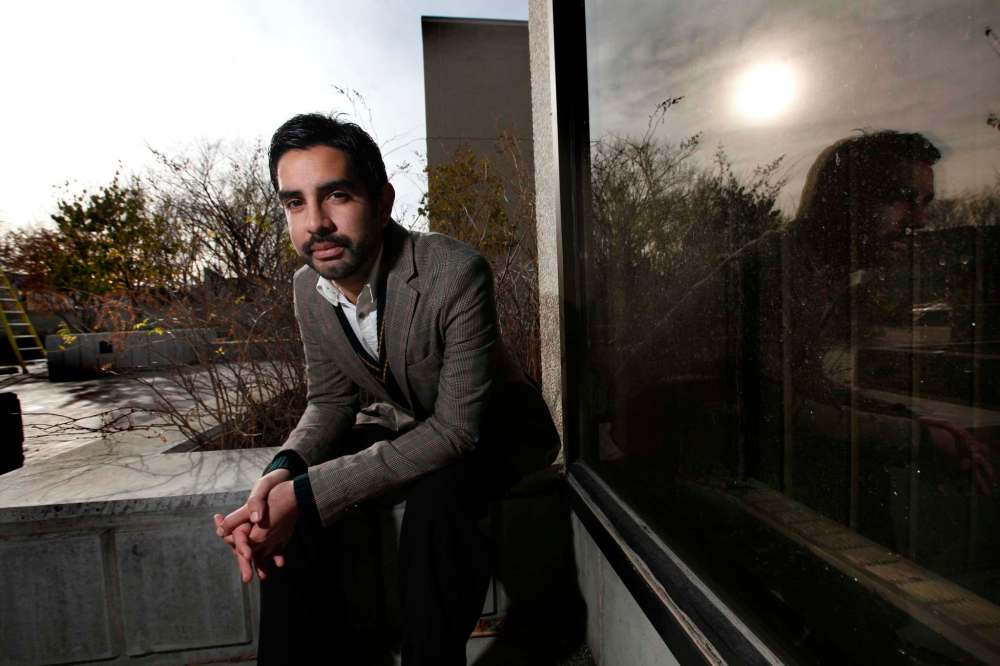
Perla’s article was co-authored by Yasmin Ullah of the Rohingya Human Rights Network in Surrey, B.C.
It looked at how the CMHR handled concerns from the Rohingya community about the museum’s display of Myanmar leader Aung San Suu Kyi’s portrait. The CMHR grappled with what to do with the portrait of the former human rights icon, and how to explain the Rohingya genocide undertaken by her government’s military.
The museum worked with Rohingya people across Canada to make sure the story of who they are was told and they weren’t reduced to photos of dehumanized victims forced to flee. In 2018, the museum dimmed the lights on Suu Kyi’s portrait. In June, the exhibit Time to Act opened.
“I really hope there is a comprehensive study done on the lack of diversity at museums in Canada. For us to start addressing the issue, we need to know the magnitude of the issue.” – Armando Perla
Young said it was an example of how the CMHR is reaching out to the communities whose stories are being told and consulting closely with them. In a phone interview, Young pointed to several other examples, including the exhibit Ododo Wa: Stories of Girls in War.
On Wednesday, two of those subjects were at the museum to talk about their experiences. Forming relationships with the communities whose stories are being told has become part of the museum’s methodology, said Young.
Human resources director Lorraine Farmer said the museum is trying to partner with associations and organizations that can help the CMHR connect with different communities. “Every time we partner with someone, we’re learning things and trying to implement them in the organization,” she said.
carol.sanders@freepress.mb.ca

Our newsroom depends on a growing audience of readers to power our journalism. If you are not a paid reader, please consider becoming a subscriber.
Our newsroom depends on its audience of readers to power our journalism. Thank you for your support.

